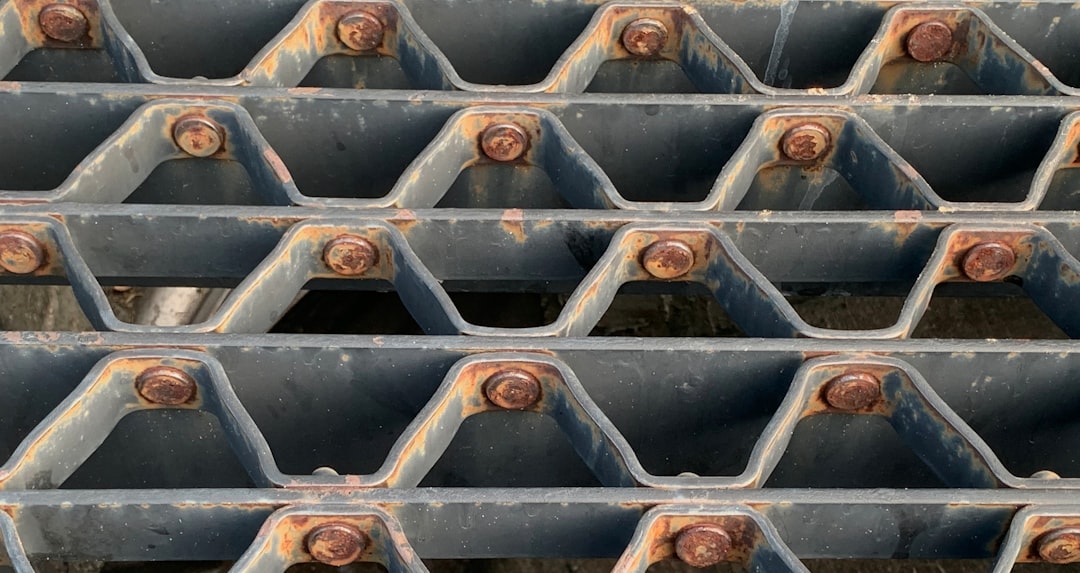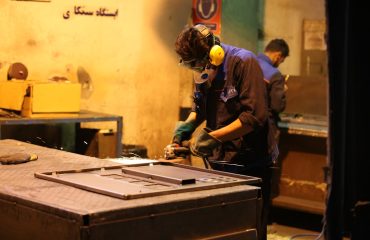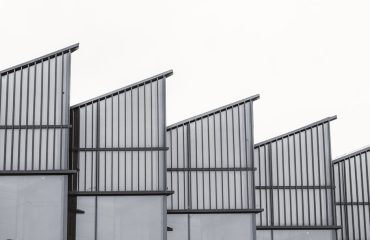The hidden infrastructure beneath our homes and cities – water and gas pipes – plays a vital role in our daily lives. Their reliability and safety depend heavily on adherence to stringent quality standards. Failing to meet these standards can lead to leaks, bursts, gas explosions, water contamination, and significant financial losses. This comprehensive guide delves into the key aspects of quality standards for both water and gas pipes.
Material Matters: Choosing the Right Pipe for the Job
The choice of pipe material significantly impacts its longevity, resistance to corrosion, and overall performance. Different materials possess unique properties, making them suitable for specific applications. Common materials for water pipes include:
- Copper: Durable, corrosion-resistant, and relatively easy to install, copper pipes are a popular choice, although their cost can be higher.
- PEX (Cross-linked Polyethylene): A flexible plastic pipe known for its resistance to freezing and its ease of installation. It’s a cost-effective alternative to copper.
- CPVC (Chlorinated Polyvinyl Chloride): A strong, durable plastic pipe suitable for hot and cold water applications. It’s resistant to chemicals and corrosion.
- PVC (Polyvinyl Chloride): A less expensive option than CPVC, PVC is typically used for cold water applications due to its lower temperature resistance.
- Galvanized Steel: While historically common, galvanized steel pipes are susceptible to corrosion over time, leading to potential leaks and reduced water quality.
Gas pipes, on the other hand, often utilize:
- Black Iron Pipe: Durable and strong, black iron pipe is often used for underground gas lines, but requires careful protection against corrosion.
- Steel Pipe (with protective coatings): Similar to black iron, steel pipes often incorporate protective coatings like epoxy or polyethylene to enhance corrosion resistance.
- Copper Tubing: Used in some gas installations, copper tubing offers good corrosion resistance but may be more expensive.
- High-Density Polyethylene (HDPE): An increasingly popular choice for gas distribution due to its flexibility, durability, and resistance to corrosion.
The selection of the appropriate material depends on factors such as water pressure, temperature, soil conditions, and local regulations.
Pressure Testing: Ensuring Structural Integrity
Pressure testing is a crucial step in verifying the structural integrity of both water and gas pipes. This involves filling the pipe system with water or air (for gas pipes) and pressurizing it to a specified level above the expected operating pressure. The system is then monitored for leaks or pressure drops. The pressure testing standards vary depending on the pipe material, diameter, and intended application. ASTM (American Society for Testing and Materials) provides numerous standards that specify the procedures and acceptance criteria for pressure testing different types of pipes.
For water pipes, the test pressure is often significantly higher than the normal operating pressure, ensuring that the system can withstand unexpected surges or pressure fluctuations. For gas pipes, the testing is equally rigorous, focusing on detecting any potential leaks that could lead to dangerous gas escapes.
Failure to pass pressure testing indicates flaws in the pipe system, requiring repairs or replacements before the system can be considered safe for operation.
Compliance with Regulations and Standards: A Legal Necessity
Adhering to relevant building codes, plumbing codes, and industry standards is not merely a best practice; it’s a legal requirement. These regulations specify minimum quality standards for materials, installation procedures, and testing methodologies. Variations exist between different jurisdictions, so it’s essential to consult the local authorities and relevant codes before undertaking any plumbing or gas installation project. Ignoring these regulations can result in significant penalties, including fines and legal action.
Key regulatory bodies include local building departments, state licensing boards, and national organizations like the International Code Council (ICC) which develops model codes widely adopted across the US. These codes often reference ASTM standards and other industry best practices.
Joint Integrity and Connection Methods: Preventing Leaks at the Weak Points
The connections between pipe sections are critical points that can be prone to leaks if not properly handled. The choice of jointing method depends heavily on the pipe material. Soldering and brazing are common for copper pipes, while solvent welding is used for PVC and CPVC. Threaded connections are also used, but require careful attention to ensure a leak-free seal. For gas pipes, specialized fittings and techniques are employed to ensure gas tightness and safety.
Proper joint preparation and execution are crucial to prevent leaks. Any defects or improper installation can compromise the integrity of the entire system. Regular inspection of joints is recommended, particularly in high-risk areas, to identify and address any potential problems early on.
Inspection and Maintenance: Ensuring Long-Term Reliability
Regular inspection and maintenance are critical for prolonging the lifespan and ensuring the continued safety of water and gas pipe systems. This includes visual inspections to identify signs of corrosion, leaks, or damage. For older systems, more thorough inspections might be necessary, potentially involving specialized equipment to detect hidden leaks or corrosion. Preventative maintenance, such as flushing water lines to remove sediment buildup, can also help to extend the lifespan of the system.
Regular inspections can help identify potential problems before they escalate into major issues, significantly reducing the risk of costly repairs and disruptions. Prompt attention to identified problems is essential to prevent further damage and ensure the continued safe operation of the system.
By understanding and adhering to these quality standards, we can ensure the safe and reliable delivery of water and gas to our homes and communities for years to come. Ignoring these standards can lead to significant risks, highlighting the importance of prioritizing quality in this critical infrastructure.
SEO-Friendly Tags:
- Water Pipe Standards
- Gas Pipe Regulations
- Plumbing Safety Standards
- Pipe Material Selection
- Pressure Testing Pipes




